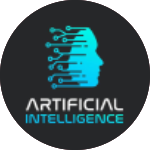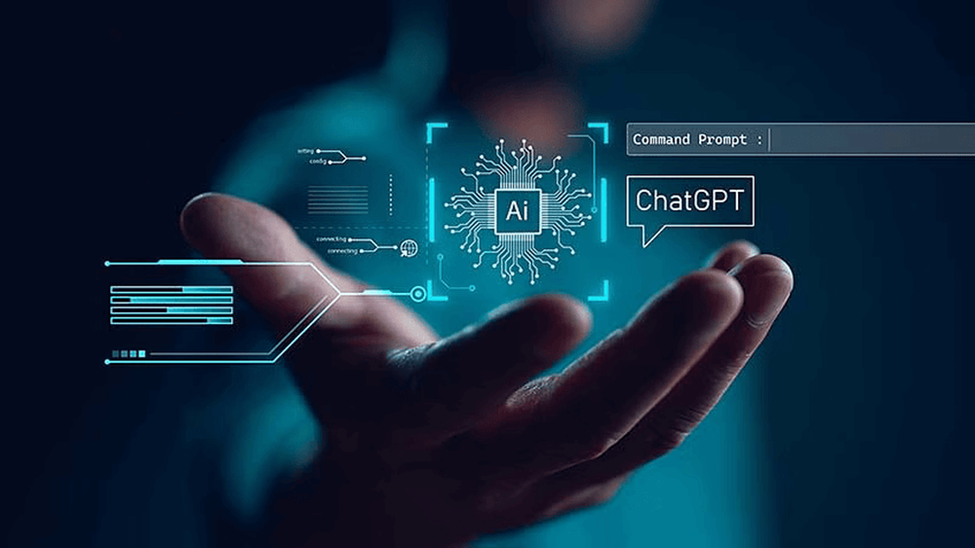Generative Pre-trained Transformers (GPT), a class of artificial intelligence (AI) models developed by OpenAI, have revolutionized the landscape of natural language processing (NLP) and artificial intelligence. These models, particularly the GPT-3 and its successors, have showcased unprecedented capabilities in generating human-like text, understanding context, and performing a wide array of language-related tasks. As we look towards the future, it is clear that GPT will continue to evolve, further impacting industries, reshaping job roles, and influencing the way we interact with technology. This analysis delves into the future prospects of GPT, exploring its potential advancements, applications, and societal implications.
1. Advancements in GPT Technology
Increased Model Size and Complexity
The progression from GPT-2 to GPT-3 illustrated a significant leap in terms of model size and complexity. GPT-3, with its 175 billion parameters, has set a benchmark for future models. As computational resources and techniques advance, future iterations of GPT are expected to grow even larger and more sophisticated, potentially reaching trillions of parameters. This increase in model size will enhance the model’s ability to understand and generate more nuanced and contextually relevant text.
Improved Fine-Tuning and Customization
Future GPT models are likely to offer improved fine-tuning capabilities, allowing them to be tailored more effectively to specific tasks and industries. Fine-tuning enables models to adapt to specialized vocabularies, context-specific requirements, and industry-specific jargon, enhancing their utility in professional and technical domains. This will lead to more accurate and relevant outputs, making GPT an indispensable tool for businesses.
Enhanced Multimodal Capabilities
Integrating GPT with other forms of AI, such as computer vision and speech recognition, is a promising avenue for future development. Multimodal AI systems can process and generate information across various formats, including text, images, and audio. This integration will enable more comprehensive and versatile AI applications, such as generating detailed reports from visual data or creating interactive virtual assistants that understand and respond to multiple inputs simultaneously.
2. Applications of GPT Across Industries
Healthcare
In healthcare, GPT models can revolutionize patient care and administrative processes. Future applications include:
- Clinical Documentation: Automating the generation of clinical notes and reports from patient interactions, reducing the administrative burden on healthcare professionals.
- Personalized Medicine: Analyzing patient data to provide personalized treatment recommendations and predicting potential health outcomes based on historical data.
- Medical Research: Assisting in literature reviews, summarizing large volumes of research papers, and identifying emerging trends in medical research.
Education
GPT has the potential to transform the educational sector by:
- Personalized Learning: Creating customized learning plans for students based on their progress and areas of improvement, providing targeted assistance and resources.
- Tutoring and Support: Offering 24/7 tutoring services and answering students’ questions in real-time, enhancing the learning experience outside of traditional classroom hours.
- Content Creation: Assisting educators in developing educational materials, such as lesson plans, quizzes, and interactive learning modules.
Business and Customer Service
In the business world, GPT can enhance various functions, including:
- Customer Support: Implementing AI-driven chatbots to handle customer inquiries efficiently, providing instant and accurate responses.
- Market Analysis: Analyzing market trends, consumer behavior, and competitor strategies to provide actionable insights for businesses.
- Content Generation: Creating marketing content, product descriptions, and other business-related documentation, saving time and resources.
Creative Industries
GPT’s capabilities extend to creative fields, offering tools for:
- Writing and Journalism: Assisting journalists in drafting articles, generating story ideas, and conducting preliminary research.
- Entertainment: Creating scripts for movies, TV shows, and video games, as well as generating dialogue and character interactions.
- Art and Design: Collaborating with artists and designers to produce innovative and unique pieces of work by generating creative ideas and concepts.
3. Societal Implications and Ethical Considerations
Employment and Job Displacement
The widespread adoption of GPT technology raises concerns about job displacement, particularly in roles that involve repetitive and predictable tasks. However, it also presents opportunities for new job creation in areas such as AI management, model training, and data analysis. It is crucial for policymakers and educators to address these shifts by promoting upskilling and reskilling programs to prepare the workforce for the changing job landscape.
Bias and Fairness
GPT models, like all AI systems, can inadvertently perpetuate biases present in the data they are trained on. Ensuring fairness and reducing bias in AI-generated outputs is a significant challenge that requires ongoing research and development. Future GPT models must incorporate robust bias detection and mitigation techniques to produce equitable and unbiased results.
Privacy and Security
As GPT models become more integrated into various applications, concerns about data privacy and security will intensify. It is essential to establish stringent data protection measures and ethical guidelines to safeguard sensitive information and prevent misuse. This includes developing transparent AI systems that allow users to understand how their data is being used and ensuring compliance with privacy regulations.
Human-AI Collaboration
The future of GPT lies in its ability to augment human capabilities rather than replace them. Emphasizing human-AI collaboration can lead to more productive and innovative outcomes. For instance, GPT can handle routine tasks, allowing humans to focus on more complex and creative aspects of their work. This symbiotic relationship between humans and AI will drive progress across various domains.
Conclusion
The future of GPT is poised to bring transformative changes across multiple industries and aspects of society. With advancements in model complexity, fine-tuning, and multimodal capabilities, GPT will become even more powerful and versatile. Its applications in healthcare, education, business, and creative industries will enhance productivity, innovation, and personalized experiences. However, it is crucial to address the societal implications and ethical considerations associated with GPT’s adoption. By promoting responsible AI development, ensuring fairness, and fostering human-AI collaboration, we can harness the full potential of GPT to create a better and more equitable future.















